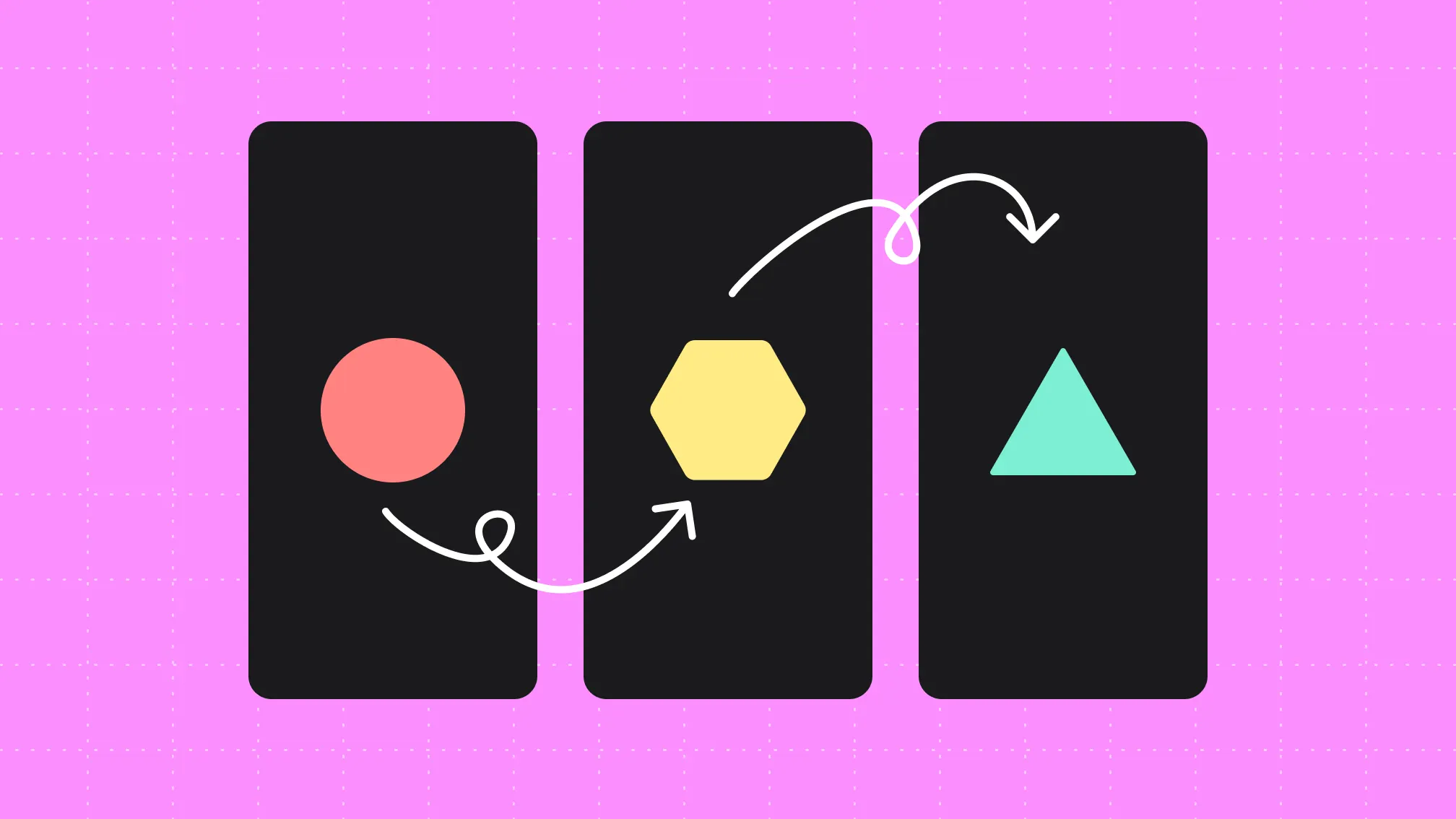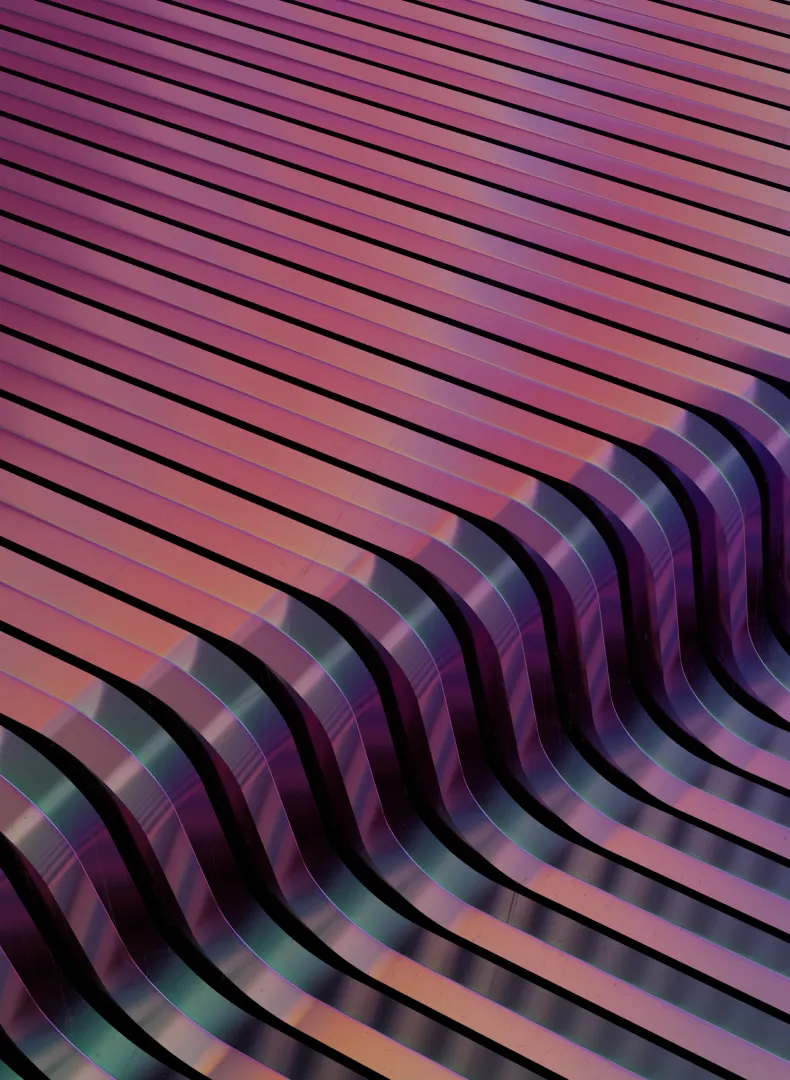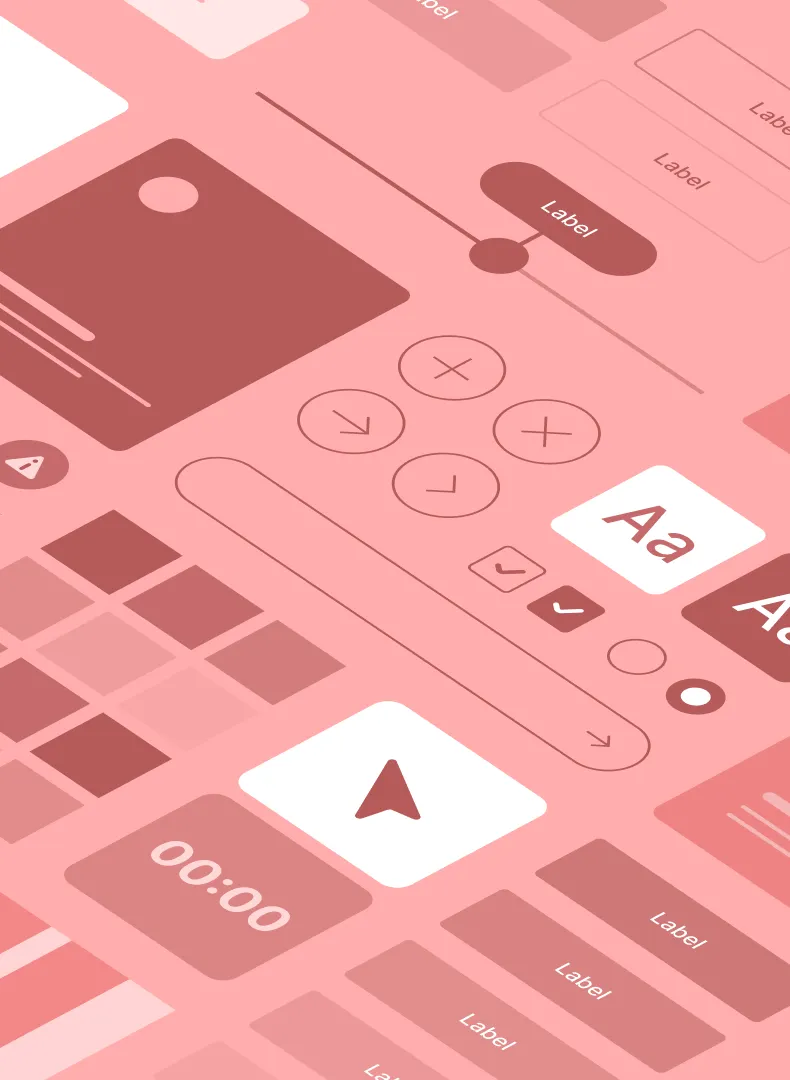Traditional product development methods using waterfall processes and static wireframes lock-in the design too early and prevent your designers from adding value.
Fortunately, there are now better ways to manage the digital product design process. Your digital product design consultancy can help you implement iterative design and rapid prototyping.
As the name suggests, iterative design uses a sequence of iterations— incremental improvements based on feedback. Rather than being purely linear, the process moves forward as an Agile series of iteration cycles. Each cycle involves design, prototyping and testing—with feedback and insights being incorporated in the next cycle.
Using iterative design and development, you can build better products with much less risk of failure. The approach optimises each part of the product design process and builds confidence for all participants. This modern product design methodology also discards the conventional use of wireframing—replacing it with rapid prototyping.
Rapid prototyping uses realistic-looking digital mock-ups of pages and screens, rather than non-representative wireframe diagrams. These “high-fidelity” prototypes are built with the same digital technologies as the final product –HTML, CSS and JavaScript—so they can have clickable UI elements and accurately demonstrate how user interactions will work. From the start, stakeholders and testers are given a much clearer vision of how the final product will look and function.
Using this approach means that moving from prototypes to usable products is a relatively seamless journey. Annotations from designers and developers can be included as comments within the actual HTML code during the process, rather than existing as separate and disconnected documentation.
Rapid prototyping allows a product team to iterate swiftly, validate design choices and get valuable feedback. All members of the product team can be involved in creating and evaluating prototypes— helping to build a stronger team and a better product.
An expert product designer combines the skills of both user interface (UI) and user experience (UX) design. Understanding the objectives and desired functionalities for your product, they will research the needs and pain points of your customers or users, and find ways to address them. Mapping out user journeys and information architecture, they determine how people will engage with your product.
Your designer will then create and test high-fidelity interactive prototypes with users to obtain their feedback. In this way, they shorten feedback loops and can iterate quickly and incrementally.
Presenting even a small set of screen designs can make it easier for non-technical stakeholders to imagine a real working product—and provide valuable feedback. This prototyping is also a great vehicle for building positive momentum and buy-in across your organisation.


